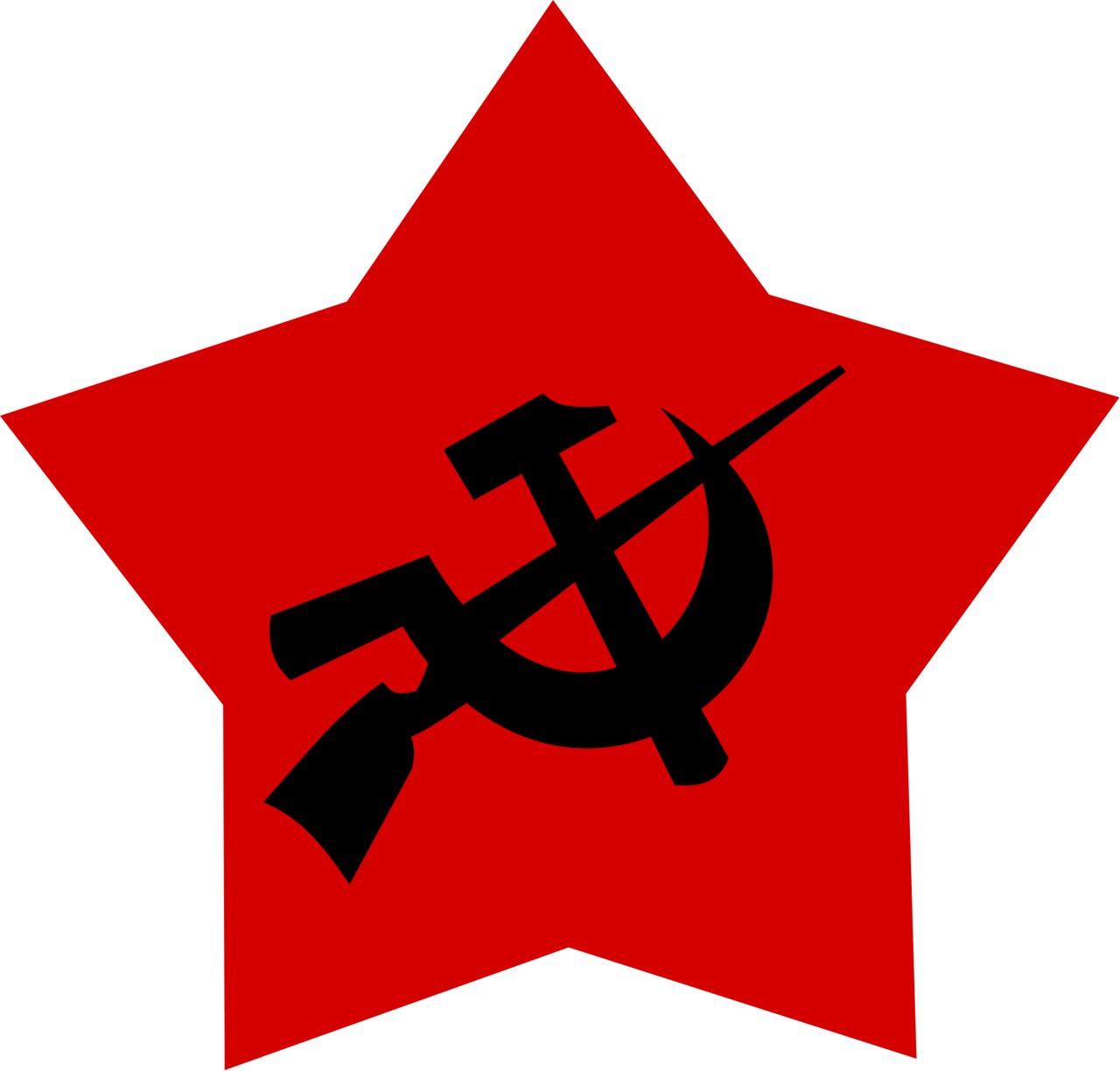Written below is a to-the-point summary/explanation of Soviet reasons for the development of the famous German-Soviet Non-Aggression Pact, found in Harpal Brar (2006). 60th Anniversary of the Victory over Fascism. Delhi: Shakun Printers. 124-126.
Whereas many on both the ‘Left’ and Right exploit and twist the meaning of this agreement to portray the Soviet Union, as well as non-revisionist Marxist-Leninists, as being the moral equivalent of German Fascism – the very basis of the non-aggression pact was to ‘turn the tables’ on ‘democratic’ imperialist plans to defeat the Soviet Workers’ State, who were appeasing Hitlerite Fascism for that purpose.
First, it was the endeavour of the Soviet Union not to embroil herself in a war with imperialism.
Second , since it was not entirely up to her to avoid such war, then, if imperialism should be bent on waging a war against the Soviet Union, the latter should not find herself in the position of having to fight alone, let alone face the combined onslaught of the principal imperialist countries – Germany, Britain, France, the USA, Italy and Japan.
Third, to this end, divisions between the fascist imperialist states on the one hand and the democratic imperialist states on the other should be exploited to the hilt. These divisions between the two groups of imperialists were not a figment of Stalin’s imagination. They were real, based on the material interests of the two groups of states under consideration.
Uneven development of capitalism causes some states to spurt ahead and others to lag behind. The old division of the world no longer corresponds with the balance of forces, thus making necessary a new division of the world. This is precisely what the first world war was about; and this is precisely what Germany, Italy and Japan, having spurted ahead in the capitalist development of their economies, were clamouring for. On the other hand, the old imperialist countries, notably Britain and France, having lagged behind in the capitalist development of their economies in comparison with the newcomers, notably Germany, were quite happy with the old division of the world.
In demanding a new division, the fascist states were encroaching upon the material interests of the democratic imperialist states. There was thus scope for this conflict of interests to be exploited by the USSR.
Fourth, to this end, the USSR, pursuing a very complicated foreign policy, did its best to conclude a collective security pact with the democratic imperialist states to deter aggression by the fascist states, providing, in the event of such aggression taking place, for collective action against the aggressors. These attempts were made by the Soviet Union and rebuffed by Britain and others on not one, but several occasions. (i)
Fifth, when the democratic imperialist states, overcome by their hatred of communism, refused to sign a collective security pact with the USSR and continued their policy of appeasement of the fascist states, in particular that of Nazi Germany, in an effort to direct her aggression in an eastwardly direction against the Soviet Union, the latter was forced to try some other method of protecting the interests of the socialist motherland of the international proletariat.
The USSR turned the tables on the foreign policy of the democratic imperialist states by signing on 23 August 1939 the German-Soviet Non-Aggression Pact.
Sixth, in signing this pact, the USSR not only ensured that she would not be fighting Germany alone, but also that the latter would be fighting against the very powers who had been trying, by their refusal to agree on collective security, to embroil the USSR in a war with Germany. On 1 September 1939, Hitler invaded Poland. Two days later, the Anglo-French ultimatum expired, and Britain and France were at war with Germany.
Seventh, the provisions of the additional secret protocol went far enough to safeguard the Soviet ‘spheres of interest’, which proved vital to Soviet defences when the war actually reached her. Under the secret protocol it was agreed that in the Baltic “ the northern frontier of Lithuania shall represent the frontier of the spheres of interest both of Germany and the USSR ”, and in the case of Poland, “ the spheres of interest both of Germany and the USSR shall be bounded approximately by the line of the rivers Narew, Vistula and Sau ”. (Documents on German Foreign Policy 1918-45, Series D, Vol 7, London 1956, p264)
In other words, the Curzon line was to be this boundary, and in the area east of it, which had been seized by Poland from the Soviet Union after the October Revolution, Germany had agreed to the USSR taking whatever action it liked.
Finally, the German-Soviet Non-Aggression Pact bought the Soviet Union an extremely valuable period of two years for strengthening her defence preparedness before she entered a war she knew she could not stay out of forever.
